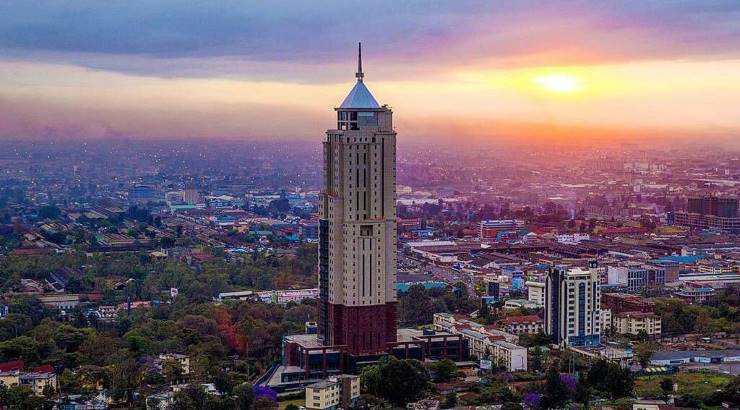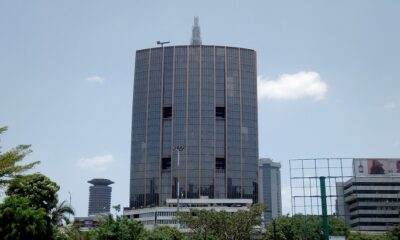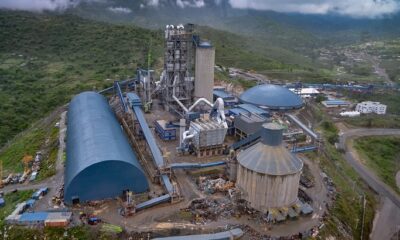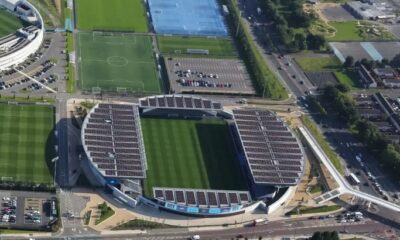Commercial Projects
Wealthy builders shrug off Nairobi office glut fears
More than a dozen skyscrapers are currently under construction or in the planning stages across the city.

Money-loaded developers are increasingly building unique and show-stopping skyscrapers in Nairobi despite widespread fears of a looming office-space glut in the Kenyan capital city.
Property owners including the National Social Security Fund (NSSF), Britam, and UAP-Old Mutual Group are pushing on with big-dollar projects in the hope that business tenants will favour the modern towers over the dozens of mundane buildings already dotting the Nairobi skyline.
About a dozen buildings towering over 100 metres or about 30 stories high are currently either under construction or in the planning stages across Nairobi as the race to conquer the city’s skies hots up.
The Nairobi skyscraper boom is expected to triple the number of buildings rising 100 metres or taller over the next five years.
Currently, the KCB Plaza (100m), Social Security House (103m), KICC (105m), Teleposta Towers (120m) Times Tower (140m) and UAP Tower (163m) are the tallest buildings in Nairobi.
Standing 163m, 5,700 feet above sea level, UAP Tower in Upper Hill was crowned the country’s highest tower late 2014, when it topped out at 33 stories – dethroning Times Tower as the king of the regional sky.
However, the UAP Tower will not keep its title for long. Later this year, Britam Tower – also located in Upper Hill – is expected to top out at a height of 192m. Britam Group is investing about Sh7 billion in the construction of the skyscraper that is tipped to be the third tallest in Africa.
Britam Tower will later lose the bragging rights to another tower currently under construction in Nairobi.
Jabavu Village Limited is erecting a 212m-high tower on a 2.5-acre piece of land at the Junction of Upper Hill Road and Haile Selassie Avenue at a cost of Sh3.8 billion.
While construction has been brisk, there are concerns that Nairobi could suffer a glut of office space in the coming months with nearly 3 million square feet of offices remaining vacant.
Property development firm MML says that while new office construction over the past five years has been in line with demand for high quality offices, significant oversupply is expected this year as investors rush to deliver space into the city market.
“We predict that by the end of 2016, there will be over 2.8 million square feet of offices (nearly a fifth of the total space delivered since 2009) lying vacant,” MML said in its Office Market Report for 2014.
However, property developers say that despite the warnings, the odds still remain stacked in their favour – in good times or bad – as tenants often prefer newer buildings to old.
This means that even if a glut hits the market, there are plenty of businesses to lure from the old buildings that fill the Nairobi central business district.
A majority of wealthy commercial property developers are increasingly betting their money on Grade A offices, which are still enjoying rising demand from multinational tenants.
“MML is seeing an increase in the presence of serious international investors which is leading to ever-keener pricing of grade A commercial investments,” MML boss James Hoddell said in a recent interview.
Last month, the City Momentum Index (CMI) named Nairobi as one of the top 20 successful cities in the world, with the highest levels of office and retail construction of any city rated.












